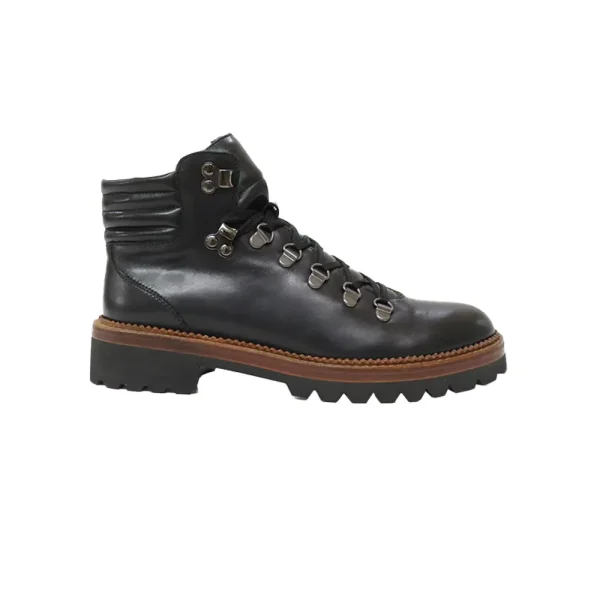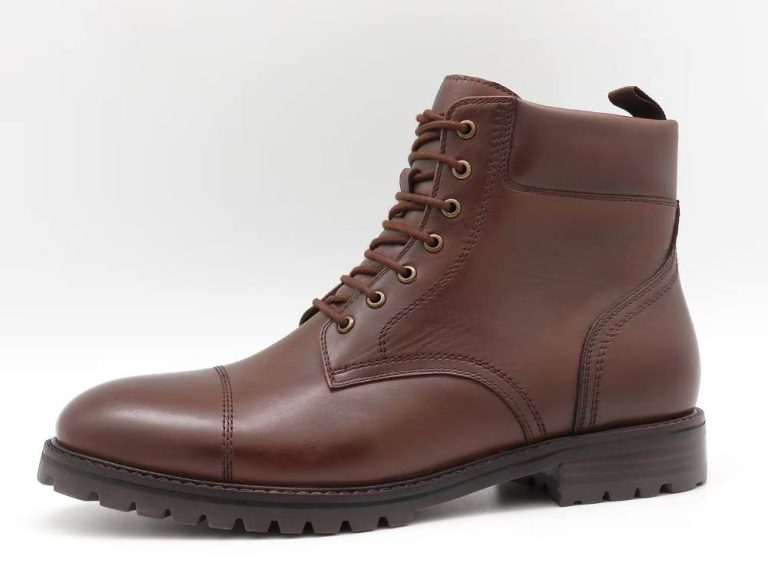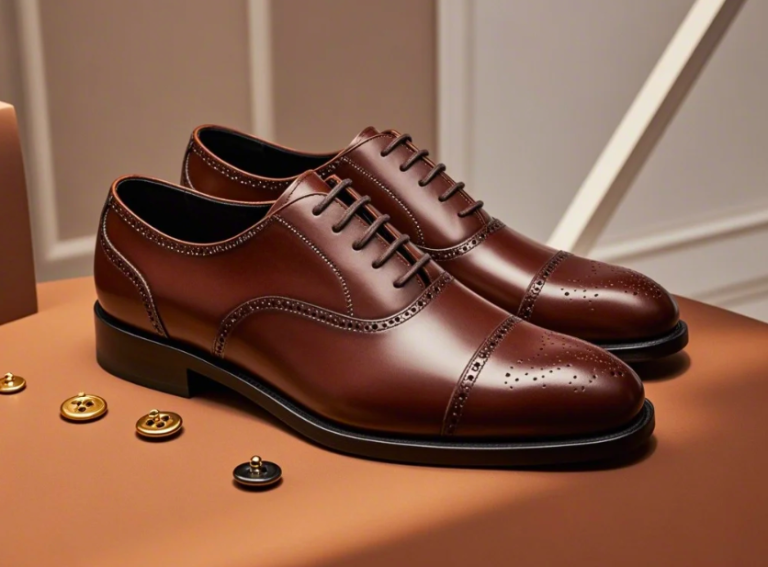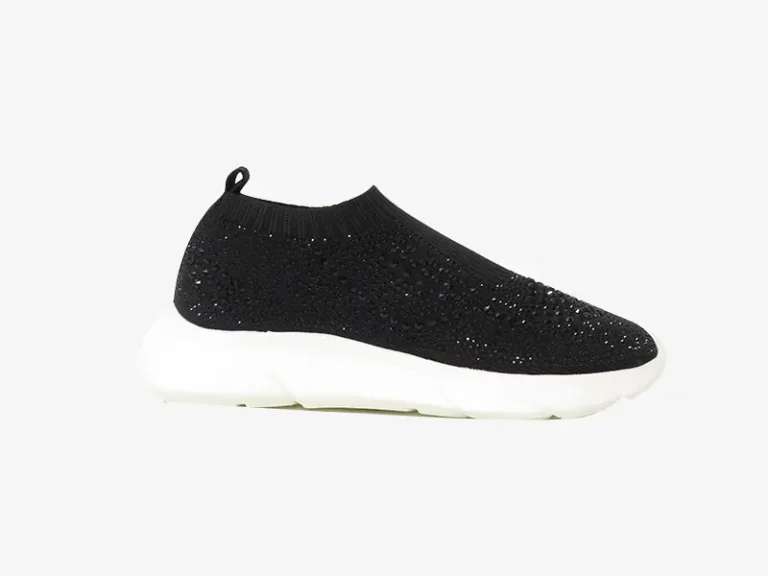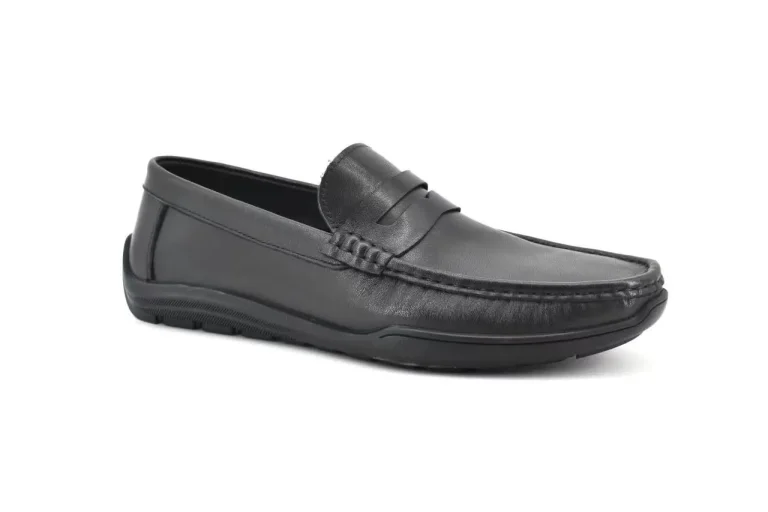When it comes to choosing materials for fashion items, furniture, or accessories, the difference between leather and artificial leather is often a key factor in making the right decision. Both have distinct features and applications, but understanding their core differences can help you determine which one is best suited for your needs.
What is Leather?
Leather is a natural material made from the tanned skin of animals, commonly cows, goats, and sheep. The tanning process preserves the hide, enhancing its strength, durability, and aesthetic appeal. Leather is often prized for its unique texture and long lifespan, with the material improving and softening over time. It is also known for its breathability, making it a comfortable option for products like shoes, bags, furniture, and clothing.
One of the most notable benefits of leather is its ability to develop a patina, a characteristic that many people find desirable as it adds personality and charm to the material. Leather is incredibly durable and can last for many years if properly maintained.
What is Artificial Leather?
Artificial leather, also known as synthetic leather or faux leather, is a man-made material designed to resemble natural leather. It is typically made from a plastic base, such as polyurethane (PU) or polyvinyl chloride (PVC), which is coated to mimic the look and feel of leather. Artificial leather is often used as a cost-effective alternative to real leather due to its lower price point and ethical appeal, as it does not involve animal products.
While artificial leather can look and feel similar to real leather, it lacks some of the qualities that make leather so desirable, particularly in terms of long-term durability and breathability. However, artificial leather is more versatile in terms of color and texture, offering a wide range of options for manufacturers and consumers.
Key Differences Between Leather and Artificial Leather
Material Origin: The difference between leather and artificial leather starts with their origin. Leather is derived from animal hides, while artificial leather is made from synthetic polymers. This distinction is essential for those seeking eco-friendly or cruelty-free alternatives, as artificial leather offers a vegan option.
Durability: Leather is well-known for its long-lasting qualities. Over time, it becomes more comfortable and visually appealing with age, developing a patina that enhances its character. In contrast, artificial leather tends to wear out more quickly. It can crack or peel, especially when exposed to heat or sunlight for extended periods.
Breathability: Leather is a breathable material, allowing air to circulate through it, which helps with moisture regulation. This is particularly important in footwear and upholstery, as it enhances comfort. Artificial leather, on the other hand, is less breathable and may trap moisture, making it feel less comfortable for long-term wear.
Maintenance: Leather requires regular maintenance, such as conditioning and cleaning, to retain its softness and appearance. Artificial leather is generally easier to clean but may not last as long. It is also more challenging to repair if damaged, unlike leather, which can often be restored with proper care.
Environmental Impact: Leather has a larger environmental footprint due to the resources required to raise animals and process their hides. However, artificial leather is made from plastic materials, which are also not environmentally friendly. That said, new innovations in plant-based and biodegradable artificial leathers are aiming to reduce the ecological impact.
Why Choose Leather?
Leather’s classic, timeless appeal makes it a popular choice for those seeking high-quality products that will last. It is strong, durable, and versatile, with each piece being unique due to natural variations in the hide. For items like shoes, bags, and furniture, leather offers a level of luxury and comfort that is hard to match with synthetic alternatives.
Why Choose Artificial Leather?
Artificial leather is a great option for those on a budget or looking for cruelty-free products. It is often used in fashion for items such as jackets, handbags, and shoes, as well as in furniture. Artificial leather is lightweight, easy to maintain, and available in a variety of colors and textures, making it a versatile and cost-effective alternative to real leather.
Conclusion
Understanding the difference between leather and artificial leather is crucial when choosing the right material for your needs. Whether you prioritize durability, cost, or ethical considerations, both materials offer distinct advantages. Leather excels in longevity and comfort, while artificial leather is a more affordable and sustainable option.

